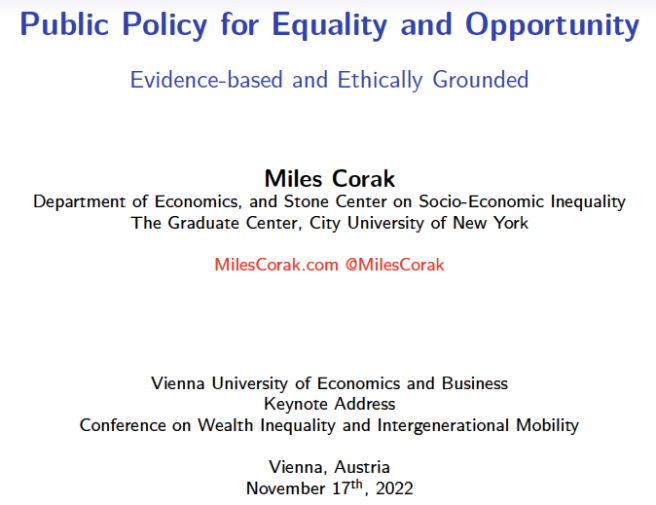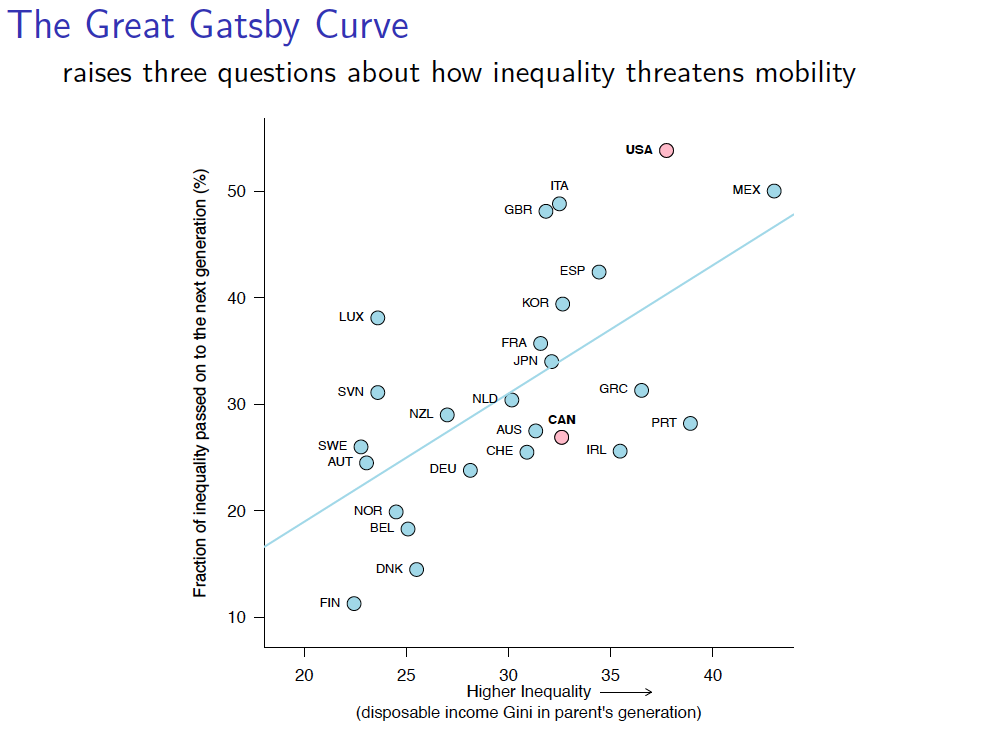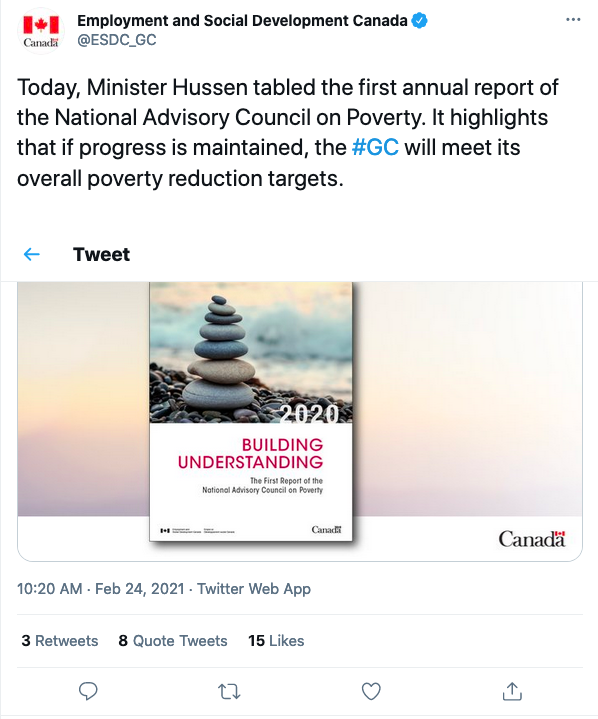This post is excerpted and adapted from my introduction to The Century Press edition of F. Scott Fitzgerald’s The Great Gatsby. I’m grateful to the Press for the opportunity to introduce this great novel from an economist’s perspective, and to be part of its handsome leather bound and letterpress first edition. Go to https://www.centurypress.ca/products/the-great-gatsby-pre-order to learn more about a book that is as much pleasure to hold as it is to read.
“Our faith in possibility may be glorious, but it’s easy to forget that one possibility is always failure,” writes Sarah Churchwell, introducing the chapter in her 2014 book discussing Fitzgerald’s high expectations as he awaited the reviews of what he felt was his greatest work, a novel that he anticipated would vault him into the pantheon of American literature.
The reviews were not good: “F. Scott Fitzgerald’s Latest A Dud”; “a strange mix of fact and fancy”; “not a great novel … neither profound nor imperishable … [but] timely and seasonable.” The Fitzgerald scholar’s book, Careless People: Murder, Mayhem, and the Invention of The Great Gatsby, which is my source for these excerpts, uses the reviews at the time to support her insightful thesis, that The Great Gatsby can be seen as solidly situated in a specific time and place, with characters and plot having real-life counterparts.
Fitzgerald’s year in New York City—the places, the people, and even the lurid stories of a double murder in nearby New Jersey that was fodder for the papers—was easily recognized by his circle of friends and acquaintances writing those reviews. To them the novel must have appeared as much diary as it did fiction, as much journalistic as imaginative narrative. Been there, done that.
Yet as the decades passed, as gossip and headlines faded from memory, Fitzgerald’s book did not fade, and a century later it continues to resonate. To appreciate why, Churchwell’s thesis should be taken further: The Great Gatsby can be seen as solidly situated in a specific economic time and place, it is not just character, but also underlying strictures of social inequality, that drive the novel’s hapless protagonist to his ending. The novel remains as relevant to our age as it did for the Jazz Age because Gatsby’s economic time and place are also our times and places.
The story helps Americans, indeed citizens of all countries facing the challenges of rising inequality, wonder all the more about the hollowness of the metaphor legitimizing it, of the unkept promise of the American Dream.
Continue reading “The Great Gatsby, then and now” →





